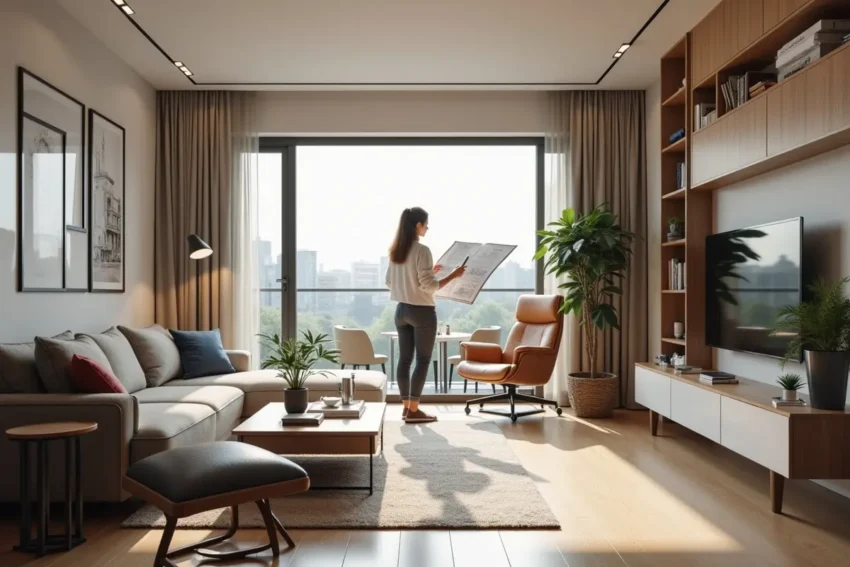In today’s fast-paced world, our homes are more than just places to live – they’re where we relax, work, study and recharge. But have you ever felt cramped in your apartment or found it hard to balance comfort with style?
If so, the problem might not be your space but how it’s designed. This why ergonomics focuses on how people interact with their environment, helping to create living spaces that are not only beautiful but also comfortable, efficient, and supportive of daily life. Take a closer look as we break it all down.
Why Ergonomics Matters in Apartment Layouts
Modern apartments are becoming smaller, but good design can make even the tiniest space feel open and functional. That’s why today’s architects and interior designers are paying more attention to ergonomics. It boosts comfort by arranging furniture in ways that reduce physical strain.
You don’t have to twist, reach, or bend awkwardly just to get things done. It also improves efficiency, helping you move easily between your kitchen, living room, and bedroom. Small details like counter height, door placement, and lighting can make daily tasks like cooking or cleaning smoother and faster.
Ergonomic design supports your mental well-being too. A space that’s organized, bright, and functional helps reduce stress and create a sense of calm. Open layouts also make it easier to connect with others, encouraging conversation and shared moments with family and friends.
To see how these ideas can make a difference in student living, find out more about how modern college apartments are created for spaces designed for comfort, focus, and community.
What Makes an Apartment Ergonomic
Adjustable and flexible furniture plays a big role. Think of desks that can change height or chairs that support your back. These features let you adapt the space to your body, not the other way around.
Natural light is another key factor. Large windows and well-placed mirrors can make a room feel larger and improve your mood. The placement of appliances also matters. When everything you need is within easy reach, it saves time and prevents strain.
Ergonomic apartments also focus on multifunctional spaces. For example, a dining area that doubles as a workspace or a sofa that converts into a bed helps make the most of every square foot. By blending flexibility with simplicity, these designs keep your home comfortable without feeling crowded.
The Future of Ergonomic Living
As more people spend time at home, ergonomic design will continue to shape the future of apartment living. It’s a lifestyle that values health, comfort, and happiness. By paying attention to how you interact with your space, you can create a home that feels like it was made just for you.
When your living space supports your body and mind, daily life becomes easier and more enjoyable. Ergonomics isn’t about perfection. It’s about creating balance.
So start small, make a few changes, and transform your apartment into a space that truly fits your life. Don’t miss out! Explore the rest of our blog for fresh ideas and tips.

